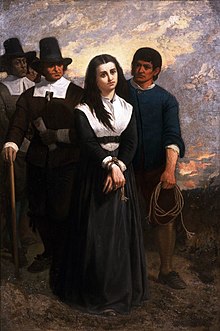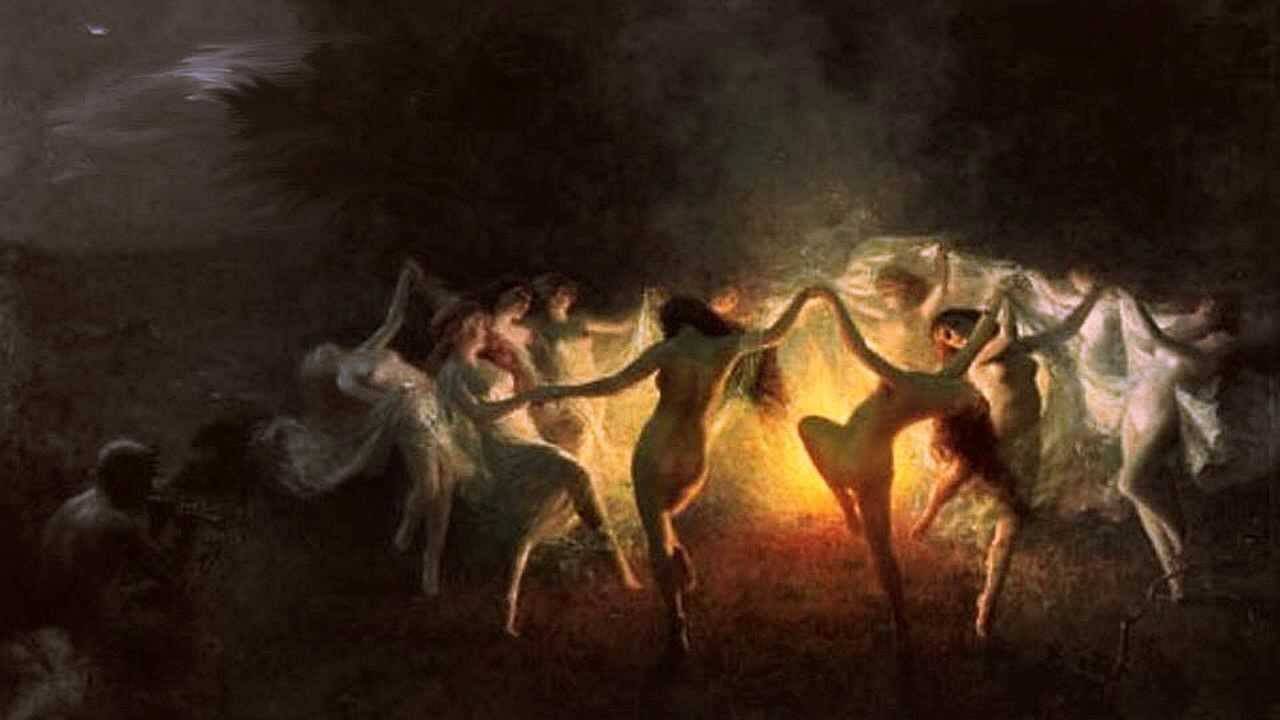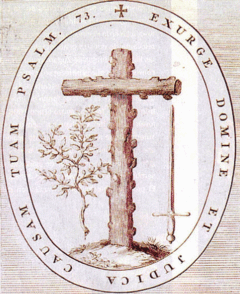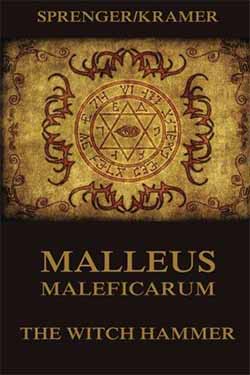Were Medieval Witches Servants of the Devil ?
Witch Hunt in Europe

During the course of the fifteenth century began a wave of witchcraft repression and people embarked on a real witch hunt across Europe ; medieval witches were considered to be working on behalf of Satan. Inquisitors stalked those suspected of practicing witchcraft mercilessly in order to persecute and condemn them, often in utter injustice. It is estimated that about 110,000 trials took place from the late Middle Ages and that 60,000 witches were burned at the stake.

History of medieval witchcraft
The wizard or witch is a magician who is known to peasants for being able to cast evil spells or concoct a variety of potions but also for his healing abilities. Often associated with shamans and seers, witches are already perceived by the Catholic Church as demonic heretics from the tenth century. At the end of the thirteenth century, the Inquisition published a first treatise that mentioning penalties to be administered to the cultists of evil and those who go to sabbaths. It was only in 1484, with the papal bull Summis desiderantes of Pope Innocent VIII, that a ferocious fight against witchcraft began and that the Inquisition was granted the power to hound heresy.
Medieval witches sabbath

In medieval times, witches are accused of being in the service of the devil and participating in a satanic plot to annihilate Christianity. The misogyny of the Church leads inquisitors to blame witches for all the miseries of the world. They would make newborn offerings to Satan, turn men into werewolves and provoke many incurable diseases such as leprosy and blindness. Witches would also make women sterile and men impotent and cause violent storms accompanied by lightning and hail. Carnally united to the demon and servants of it, witches would only sow disaster and desolation.

The Inquisition
Created in the course of the thirteenth century to fight heresy, the Inquisition is a court of the Catholic Church whose mission is to punish all those who act against religious dogmas. Sanctions varied greatly and could range from simple prayer to capital punishment. The Inquisition is represented by a cross strewn with an olive branch and a sword symbolizing grace and punishment.

Malleus Maleficarum, the Witches' Hammer
Written and published in Strasbourg in 1486 by inquisitors Henry Institoris and Jacques Sprenger, The Malleus Maleficarum (also known as The Witches' Hammer) is the reference book for all those leading a witch hunt. It is in this book that the authors refer for the first time to a satanic plot led by heretical women, witches. Among other things, The Malleus Maleficarum defines the laws governing witchcraft trials. The conviction of a witch begins with her arrest which must be the result of a denunciation or testimony. The alleged witch is then tortured in order to force her to confess her pact and her copulation with Satan as well as the possession of a demonic powder used to cast curses. She is then unjustly condemned to burn alive on the flames of a pyre.
The Malleus Maleficarum has been rewritten many times in European countries and particularly in Germany where the witch hunt was so bloody that it caused several revolts and the assassination of some inquisitors like Konrad von Marburg.









































































































































































































































































































































